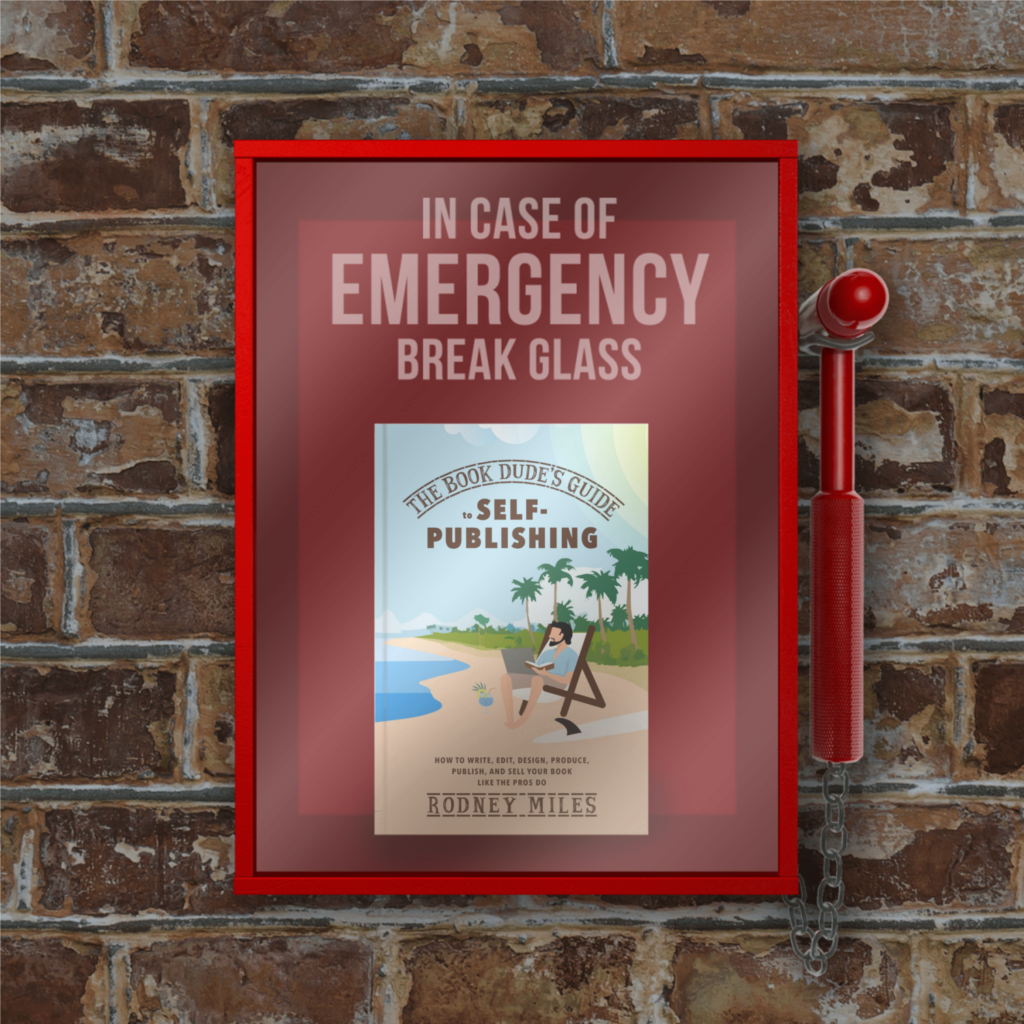Self-Publishing BEST PRACTICES
To simply get to my rates and availability click here and visit the Services page.
The BOOK CREATION CYCLE
(service mark)
Over the years:
- in my own experience with writing and self-publishing
- in working with traditional publishers
- by following and learning from some of the great influencers in the business such as Joanna Penn, Derek Murphy, David Gaughran, Chris Fox, Jane Friedman and others
- by working with numerous colleagues and pros in adjacent areas such as marketing, advertising, social media, and publicity
- by troubleshooting and solving myriad author-client issues and objectives
- by working closely with the major distribution platforms such as IngramSpark (IS), Kindle Direct Publishing (KDP), LULU, Smashwords, Draft2Digital
- by working/trying publishing directly with retail platforms such as Barnes & Noble Press, iBooks, and others (KDP would be, as well, really)
- by reading books on writing and publishing (including Hemingway and Stephen King and others)
- by following certain authors who share how they do what they do such as Mark Dawson, Sean Platt, and others
- and by what I guess would be my own observation and organization…
I have developed what I call a Book Creation Cycle (BCC, “cycle” because ideally you’ll write more than one book). It’s an ideal cycle to use to plan your book project (and I explain it all in my book, The Book Dude’s Guide to Self-Publishing):
- Planning
- Writing
- Editing
- Design
- Marketing
- Production
- Distribution
- Pre-Launch
- Launch
- Post-Launch
Note that if you “write to market,” Marketing would be first rather than fifth. And by the way, I recommend you check out all of those authors named above and what they advise, all great!
You and every author are somewhere on this cycle with your book. And while some stages best occur at the same time, this is a very workable way to plan your book. In fact if we work together or you hire me for a consultation with a custom project plan, I literally combine the cycle above with my notes from our meeting and design our/your plan. Every project plan is different/unique to your own goals, time, budget, and resources.
Also note that while certain steps are critical, obviously, almost no one does ALL of the steps that are available. It will depend on your goals, time, budget, resources, and interests. I’ve worked with authors at so many different places in the process with different needs that I have evolved into structuring how I work (hourly) and it’s been completely successful, rather than offer packages.
Some of the minutia that needs to be handled in certain ways for best results or at least to cater to your personal goals and situation include:
1. Planning
-
• Goals
• Timeline
• Budget and costs (professional fees if any, platform and other fees)
• Author resources
• Author preferences
• Assembling a team, possibly
• Hiring or acquiring information, software, and skills
• File sharing and project management if others involved
2. Writing
-
• Help, support, even coaching while writing
• The best approaches and methods to creating content and writing your draft
• Expected sizes (word count and pages) in different genres
• Using Word, Pages, Scrivener, and other methods
• An understanding of story
3. Editing
-
• Philosophic approaches to editing by type of book
• Developmental editing
• Copy editing
• Proofreading
4. Design
-
• Book and page design with an eye to what’s customary and expected in each genre
• Book design for children’s books, graphic image-based books, and workbooks
• Using a graphics program like Photoshop or GIMP
• Cover design, front, back, and spine (maybe jacket and inside flaps)
• Use of platform templates
• Use of colors, images, and icons
• Bleed or no bleed?
• Headers, footers, and pagination
• Creating a Table of Contents, foot- and endnotes, and an index
• Creating an imprint
5. Marketing
-
• Titles, subtitles, tag lines, book descriptions
• How to market a book
• How to find effective keywords
• How to write effective marketing copy for you and your book
• Avoiding terms that are not allowed by certain platforms in your book blurb or keywords
• How to choose categories (yes, it matters)
• How to get placed in additional categories once published
• Affordable and effective marketing actions, advertising, social media strategy, and promo sites
• Breaking book sales into available channels
• Progressing an author through “marketing tiers” (I’ve developed four of these)
• What is an engaging author bio? What is a sympathetic author bio (SCB)?
• How to start and build an author career
• How to level up a career with a book
• How to become a speaker or consultant with a book
• How to land media opportunities and encourage “lightning strikes”
• The BASICS of book marketing and how if not “in” all promotion fails
• Creating marketing funnels to find as many potential readers as possible and develop some of those into a loyal tribe and ambassadors
• “Spike” marketing versus book sales and platform growth
• Determining author infrastructure (website, email, and lead magnets as appropriate for each client)
• Creating and distributing “reader lead magnets”
• Custom launch and distribution strategy and plans
• Best-seller strategies and planning, if desired (largely influences how and where we distribute and launch)
6. Production
-
• Knowing specifications and requirements of each publishing platform we plan to use
• Using various software for creating the needed files for interiors and covers for e-books, paperback, hardcover, and audio books so they will pass verifications and display correctly
• The process of working with each platform, including knowledge of opportunities, strengths, pitfalls, and costs
• Trim size and print options according to both author preference and genre expectations
• Publishing accounts needed and how to work them
• Conversion to EPUB, MOBI, KPF, PDF and/or use of InDesign create files
• Getting your Library of Congress Control Number (LCCN) for facilitating distribution to libraries (in the U.S.)
• ISBNs (international standard book numbers, in the U.S. and elsewhere), purchasing, freebies, and registering
• Registering your copyright
7. Distribution
-
• First, a distribution strategy based on your personal and professional goals, time, and resources
• Book/BISAC codes and KDP category selection
• A pricing strategy based on current goals (this can change as you go)
• Specialty distribution such as airports and hospitals
• Getting into bookstores, big and small
• Returnability
• Trade discounts and what’s expected
• Handling distribution issues
• Requesting, inspecting, and approving proof copies
8. Pre-Launch
-
• Beta readers and how to handle them
• Putting together a Street Team
• Creating and using ARCs (advance review copies or “gallies”)
• Testing marketing
• Building marketing until “stacked” during a launch
• Endorsements
• Forewords
• Building author infrastructure with a website, email, and lead magnets as appropriate for each client
• Launch planning finalized
• Or . . . skip altogether and launch “soft,” very valid depending on your goals
9. Launch
-
• “Not what it used to be!”
• Effective launch activities (and some not so effective!)
• One day or six?
• Choosing a launch date or period
• Reviews
• Simple to complex strategies, depending on your goals
• Or . . . skip altogether and launch “soft,” very valid depending on your goals
10. Post-Launch
-
• Pricing for the long term
• Kindle Select? (Maybe)
• Author Central
• Reviews, reviews, reviews—What’s considered “retail ready” and what milestone to shoot for
• Ordering author copies
• Drop-shipping and gifting
• Getting your book available directly on your website
• “List x list = viability”
• Platform (author career) growth
• Using your book for new and bigger opportunities and immediate ROI
• And, the most powerful marketing for your first book is “always…” (Go ahead, ask me!)
This is not meant to scare you (well maybe a little, but in a good way) and it can even be used as a guide on its own. But this and other matters are what we explain and take care of in my book, in a consultation, or when we work together and I do all the heavy lifting.
I find this stuff fun, but that’s easy to understand when you get that book in your hands and realize “you’re an author.” (By the way, an “author” is the source of ideas behind a book, a “writer” does the writing.)
I do charge for my expertise and experience, and for managing a project so all known opportunities (and pitfalls) are discussed and considered. To find out more, click here to visit the Services page.


